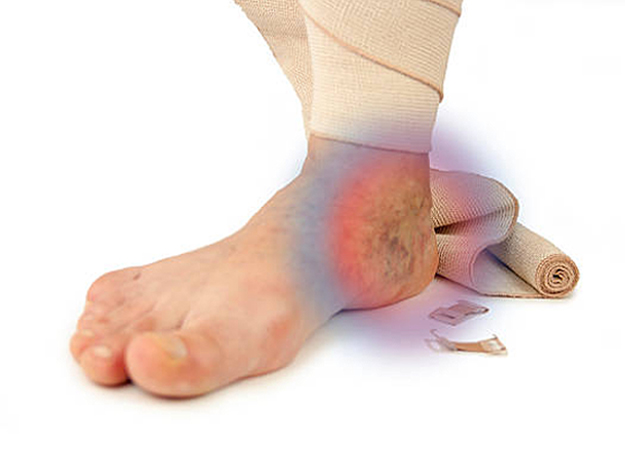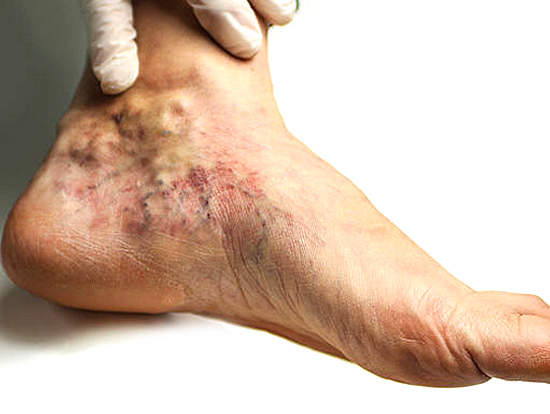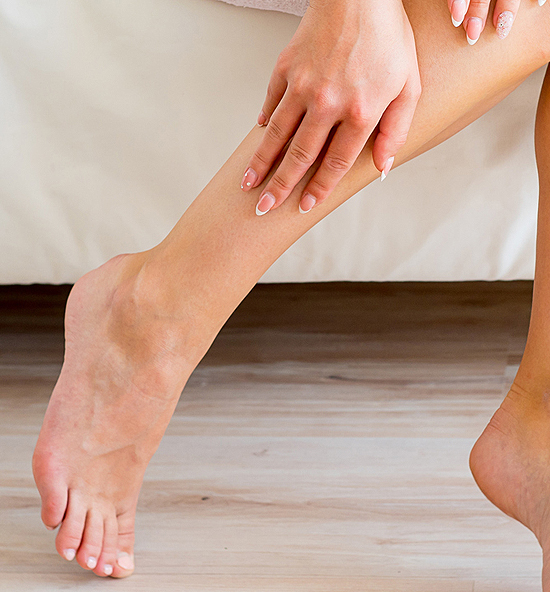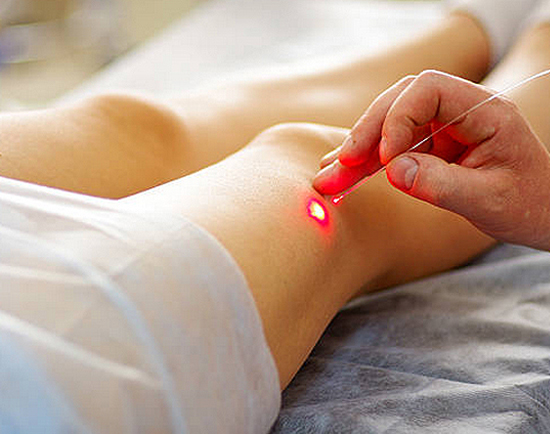Many treatment options exist for relieving the symptoms of chronic venous insufficiency, otherwise known as venous reflux. One method, known as VenaSeal, uses a medical-grade glue to seal the vein, closing it off so blood does not flow in the wrong direction.
VenaSeal works best for large, deep veins in your legs. These veins, such as the great saphenous vein, lie deep in your leg. When damaged, they cause the noticeable varicose veins seen beneath your skin. VenaSeal also can be used on smaller veins and those closer to the surface of your skin.
Symptoms of Chronic Venous Insufficiency
Whether due to injury, chronic pressure or age, the valves in your leg veins can become compromised and allow the blood that flows to your heart to leak backward. When this happens, it causes a myriad of symptoms that include:





